This article describes how to permanently remove the contents of the Temporary Internet Files folder from your computer. Watch a video about how to delete the contents of the Temporary Internet Files folder yourself.

Delete the contents of the Temporary Internet Files folder
Follow these steps according to your version of Windows.
-
Press and hold (or right-click) Start > Control Panel > Internet Options.
-
Select the General tab, and then select Delete under Browsing history.
-
Select Delete all > Yes > OK.
-
Select Start > Control Panel > Network and Internet > Internet Options.
-
Select the General tab, and then select Delete under Browsing history.
-
Select Delete all > Yes > OK.
-
Exit Internet Explorer.
-
Exit any instances of Windows Explorer.
-
Select Start > Control Panel, and then double-click Internet Options.
-
On the General tab, select Delete Files under Temporary Internet Files.
-
In the Delete Files dialog box, click to select the Delete all offline content check box.
-
Select OK two times.
Note: If the Temporary Internet Files folder contains a large amount of webpage content, this process may take several minutes to complete.
More Information
-
The Temporary Internet Files (or cache) folder is used by Windows Internet Explorer and by MSN Explorer to store webpage content on the computer hard disk for quick viewing. This cache lets Internet Explorer or MSN Explorer download only the content that has changed since you last viewed a webpage, instead of downloading all the content every time that the page is displayed.
-
An administrator might have customized the settings for your Temporary Internet Files folder to prevent you from changing the settings. For example, the administrator can remove the General tab from the interface in the Internet Options dialog box. If you cannot access the Internet Options dialog box or the General tab, contact your administrator for more information.
-
Files that start with the word "Cookie" may remain in your Temporary Internet Files folder after you follow these steps. These files are pointers to the actual cookie files that are located in your Cookies folder. For more information, click the following article number to view the article in the Microsoft Knowledge Base:
158769 Emptying Temporary Internet Files folder leaves cookies files For more information about how to delete cookies, click the following article number to view the article in the Microsoft Knowledge Base:
278835 How to delete cookie files in Internet Explorer
-
In some cases, files that are downloaded from websites may remain in your Temporary Internet Files folder but will not be visible in Windows Explorer after you follow these steps. For more information, click the following article number to view the article in the Microsoft Knowledge Base:
301057 Temporary Internet files use more disk space than specified
References
For more information about the Temporary Internet Files folder, click the following article numbers to view the articles in the Microsoft Knowledge Base:
155353How to adjust cache size for temporary Internet files
172949 How to change the location of temporary Internet files
263070 How Internet Explorer cache settings affect web browsing
175885 Cannot view temporary Internet files on shared computer










